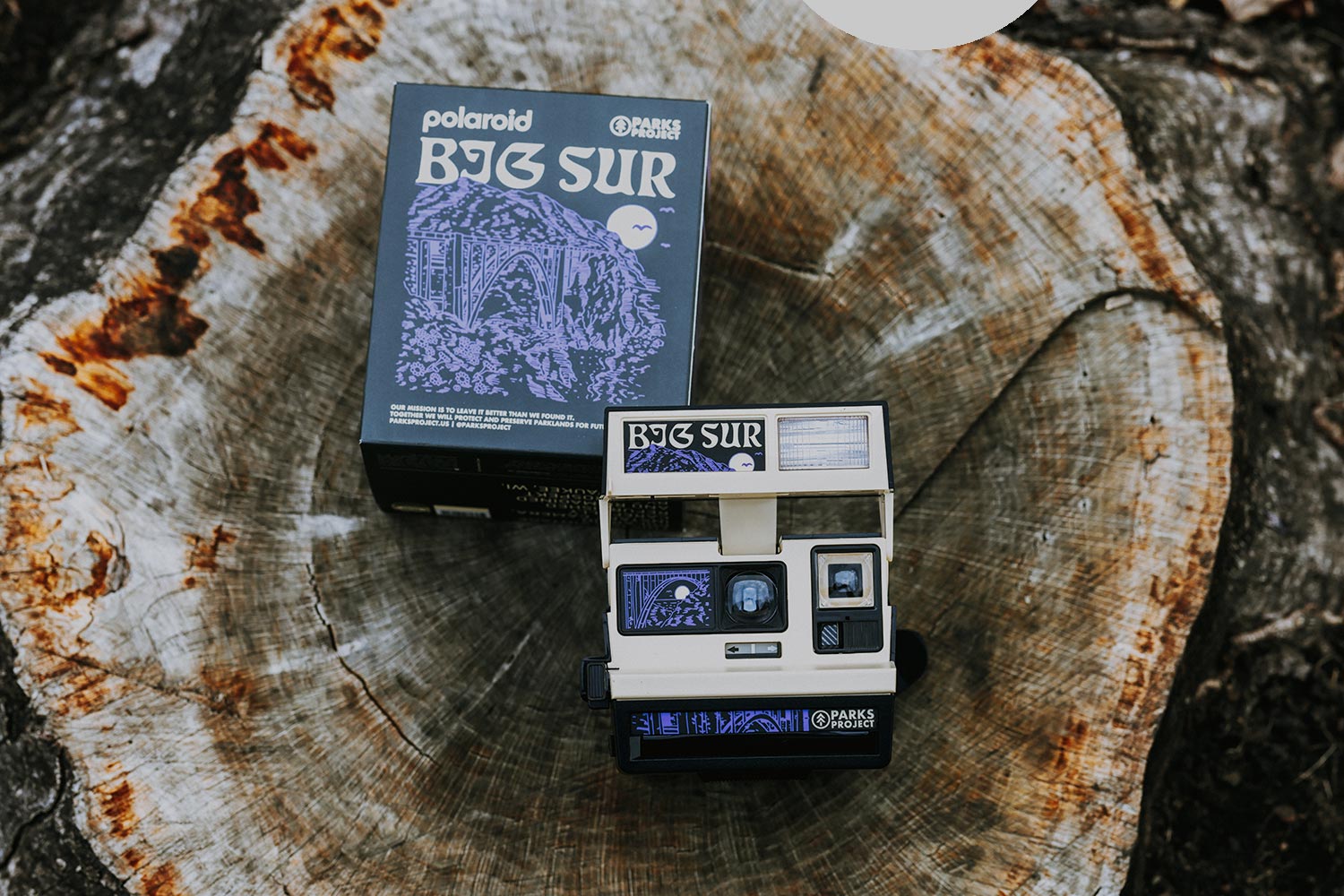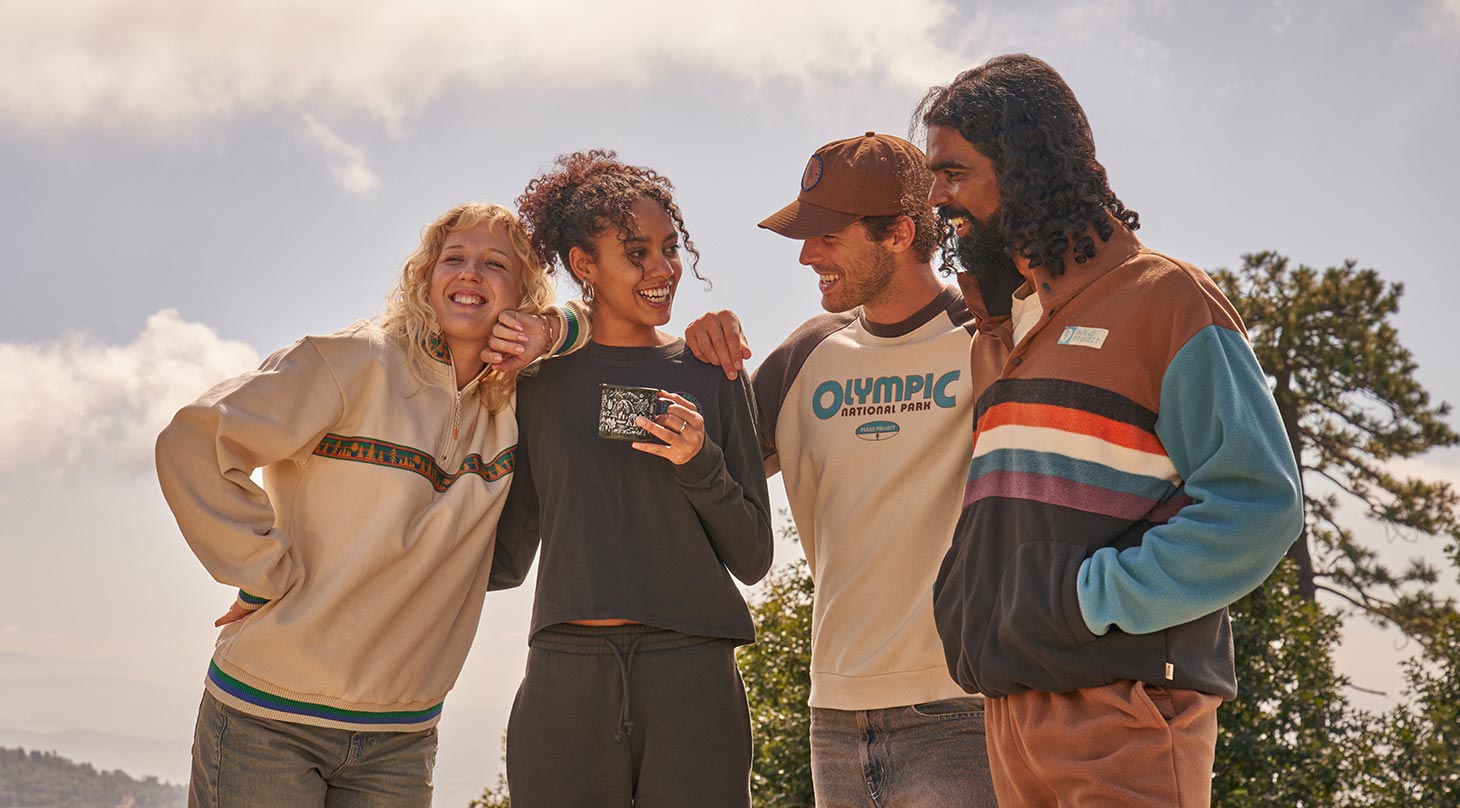Yellowstone is a whole world- a landmark that tells an important piece of American history, but also an internationally important ecosystem anchoring one of the continent's last big stretches of true wild. A landscape intricately connected to dozens of Indigenous tribes, also saturated with the lore of the West. For crucial animal populations, it's home. And if you want to see the deep rumblings of the Earth in action, this is it.
For a venture into the yellowstone Country, we turned to our friends at Wildsam. They gave us 3 key pieces of intel plus their favorite book recommendations to create a well-rounded journey into the place once known as "Wonderland".

Norris Geyser Basin
The park's hottest, fastest-changing geothermal hotspot sees some features transform daily. Steamboat Geyser, the world's tallest active geyser (don't tell Old Faithful), has been on a busy streak since 2018, with some big eruptions shooting 300 feet. The silica-rich waters of Cistern Springs flood nearby lodgepole stands, effectively entombing them, while Echinus Geyser is the largest of the world's acid geysers- it's practically vinegar.

Bison
You will see them, lolling or ambling, shaggy, ornery, and awesome. Up to 60 million Bison bison (buffalo) once roamed North America. In the late 1800's, white hunters and soldiers wiped out the herds, largely to weaken Native resistence. By 1902, just 23 animals sheltered in the Yellowstone Plateau's cold, remote haven- known as America's last wild bison. Park rangers began to nurture the herd. Today's population of more than 4,000 is controlled through culling, hunting (outside the park), and transfers to Native tribal herds. The InterTribal Bison Cooperative, formed in 1992, aims to both revive the West's herds and asset Indigenous connections to this iconic species. As Ervin Carlson of Montana's Blackfeet Nation tells us,"They thought they'd get rid of the buffalo and consequently get rid of the Indians. But we're both here."

Find more in Wildsam Yellowstone.

Thanksgiving at Fort Yellowstone
A letter from Private Edwin Kelsey to his neice in California.
Riverside Station, Dec. 3, 1898.
Left here for the post the Sunday before Thanksgiving. It had snowed hard the day and night before and everything was covered with several inches of the "beautiful". I think that I've never seen anything look as beautiful as did the trees, most which are "Jack Pines", the same as that one in the yard at home. With their covering of snow they assumed all manner grotesque shapes, some of them so lifelike that it required no very severe strain of the imagination to believe that they were really alive and that one was in Heaven and that they were angels, or in Hell and that they were imps. I made 26 miles the first day, staying all night at Norris Station. The next morning it was 22 degrees below zero, but I pulled out for the Post, which I had reached about two p.m. after a cold hard ride of 20 miles. It is not much sport riding when the snow is so deep that your horse has to walk all the time. Stayed at the Post for Thanksgiving dinner and it was a beauty. The cook more than threw himself. Had turkey, roast pork, sweet spuds, cranberry sauce, oyster stew, chocolate, three kinds of cake, pie, pickles, nuts, and apples- how's that for soldiers? There is something about this life in the wilderness that fascinates me. I saddle my beast, and go on long rides through the forest where everything is so quiet that one can almost hear the solitude.
Love to all the family and Mable,
Edwin
The Fort Yellowstone Historic District preserves the Army's years of jurisdiction over the nationsal park, 1886-1918. Kelsey went on to be editor of the San Francisco Chronicle.

Books Recs
- Empire of Shadows by George Black (2012)
The secret history of Yellowstone featuring vigilantes, Masons, frontier conflict and intrigue in a deeply researched epic.
- American Wolf by Nate Blakeslee (2017)
A nonfiction plunge into the Yellowstone wolfpacks' inner world, relaying rigorous fact with the scope and cadence of a novel. O-Six, the alpha female protagonist, remains a legend.
- The Solace of Open Spaces by Gretal Ehrlich (1985)
A vivid memoir of the sagebrush steppe, relayed with incredible economy to shine a light on a quiet tenderness that abides in rural Wyoming.



